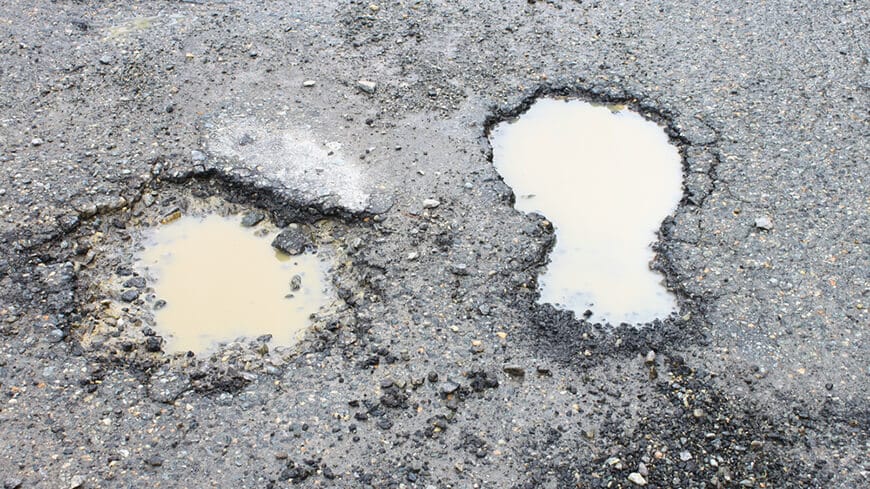Introduction
Have you noticed a few pesky cracks sneaking their way across your driveway? Or maybe your patio is starting to look like an uneven patchwork quilt, shifting and sloping just enough to trip up the garden hose. If you’re nodding along, you’re not alone. Concrete problems crop up all the time, and in Northern Beaches, they can seem even more problematic thanks to a little nemesis called coastal conditions.
Whether you’re a proud homeowner, a meticulous property manager, or someone who just misses the days when their concrete looked picture-perfect, this guide is your new best friend. We’re going to unravel the secrets of concrete damage, help you spot those sneaky warning signs, and talk about how to fix it all before things spiral out of control. Sound good? Great! Grab a coffee, settle in, and let’s tackle this concrete chaos together.
Why Caring About Concrete Matters
First off, why should you care about things like cracks in concrete or spalling? The short answer? It saves you a world of pain down the road. Imagine this scenario for a moment. You ignore that small crack zigzagging through your driveway, and over time, it spreads like a bad rumor. Before you know it, you’re looking at sinking concrete, structural damage, and a repair bill that feels like a punch to the gut. Ouch.
Concrete is sturdy, sure, but it’s not invincible. It faces wear and tear just like anything else in your home. Living near the coast adds another layer of trouble. Northern Beaches properties face unique challenges thanks to salty air, constant humidity, and shifting soil. While it’s a dream to live near the ocean, your concrete probably disagrees. Those conditions can wear it down faster than you’d think.
But here’s the good news. You don’t need to be a concrete expert to take care of it. With a bit of know-how (and maybe a handy checklist), you can stay ahead of the game, tackle problems early, and save yourself a lot of headaches down the line.
A Friendly Reminder…
No one’s saying you need to obsess over every crack and scratch in your driveway. But having a sharp eye for warning signs and knowing when to call in the experts for a concrete repair or foundation repair is key. Think of this as your crash course in concrete care. You don’t need a toolbox of technical terms, just a little patience, a lot of curiosity, and a willingness to get things sorted before it’s too late.
Hello, Coastal Challenges!
Okay, so what is it about living near Northern Beaches that makes concrete especially fussy? For starters, coastal conditions are like a bad sitcom villain for your concrete. They bring salt-laden air, humidity, storms, and rising water tables into the equation. Here’s how they gang up on your gorgeous slabs and pathways:
- Salt Exposure: That salty air isn’t just bad for your car. It sneakily seeps into concrete, especially if it’s old or poorly sealed. Over time, this leads to cracks, crumbling edges, and even rebar corrosion. (Rebar is the steel reinforcement inside your concrete. We’ll chat more about that later.)
- Humidity Galore: Moisture is everywhere near the coast, and your concrete isn’t a fan. Moisture infiltrates through small cracks, and when colder temperatures roll around, it can freeze and expand. Say hello to spalling, where bits of concrete flake or chip off.
- Shifting Soil: Coastal properties often sit on sandy or unstable soil. When the ground shifts, your concrete does too. This is where uneven, sinking concrete joins the party, leaving you wondering why your once-level paths are suddenly creating little mountain ranges.
While we love the beaches for their beauty and breezy vibes, they certainly keep property owners on their toes when it comes to concrete.
Fun Facts About Concrete (Yes, Fun!)
Not to sound nerdy, but concrete is kind of amazing. Did you know it’s been around since ancient times? Yep, even the Romans loved it. Think of the Colosseum in Rome—that’s concrete in action! Modern concrete mixes have come a long way since then, blending cement, gravel, sand, and water to create the strong, sturdy material most homes and buildings lean on today.
But here’s the catch: even the strongest concrete has weak spots. It’s why cracks in concrete aren’t just a modern headache. Freeze-thaw cycles, heavy loads, poor drainage, and good old-fashioned aging all work against it. The trick is learning how to catch these issues before they grow into something bigger.
Sneak Peak at What’s Coming Next
Now that we’ve got the groundwork laid (pun intended), this guide is going to walk you through everything you need to know about tackling concrete troubles. We’ll cover the little warning signs you need to watch for, like uneven surfaces or mysterious stains. We’ll tackle spalling and talk about sinking concrete like it’s no big deal. And, most importantly, we’ll share step-by-step ways to protect your property and keep everything looking sharp.
But before we jump into those nitty-gritty details (that’s coming in the next section), let’s tackle a few common questions about concrete and why it behaves the way it does.
FAQ Section
Q1. Why does my concrete crack even though it looks super sturdy?
Concrete cracks because it expands and contracts. Changes in temperature, moisture, or even the weight of cars and furniture can cause stress over time. Think of it like a bridge under pressure. Even sturdy stuff eventually gives in with enough wear and tear.
Q2. Can those tiny hairline cracks really become big problems?
Absolutely. Many people think hairline cracks are harmless, but they can grow into bigger issues if water sneaks inside or if the concrete isn’t properly sealed. They’re like tiny snowballs at the top of a hill—pretty tame until they roll downhill and gain momentum.
Q3. How bad is spalling really?
Spalling isn’t just a cosmetic issue. When flakes or chunks of concrete break away, it often means water damage or salt exposure is causing trouble below the surface. And trust us, the longer it’s left untreated, the worse it’ll get.
Q4. Is sinking concrete dangerous?
Yes, and here’s why. Uneven surfaces can trip people up, damage vehicles driving over them, and even weaken the structure of nearby pathways or buildings. Sinking concrete often points to poor soil support, which doesn’t fix itself.
Q5. When should I hire a professional for foundation repair?
If you spot cracks wider than ¼ inch, uneven floors, sticking doors, or sinking areas, it’s time to bring in the pros. Foundation repair isn’t something you want to DIY unless you moonlight as a concrete expert!
That’s it for the introduction! Feeling ready to conquer the next section? Great. Our full guide will crack open (pun intended) all the repair strategies, preventative measures, and local tips tailored for Northern Beaches. Stick around, because things are about to get concrete-tastic!

